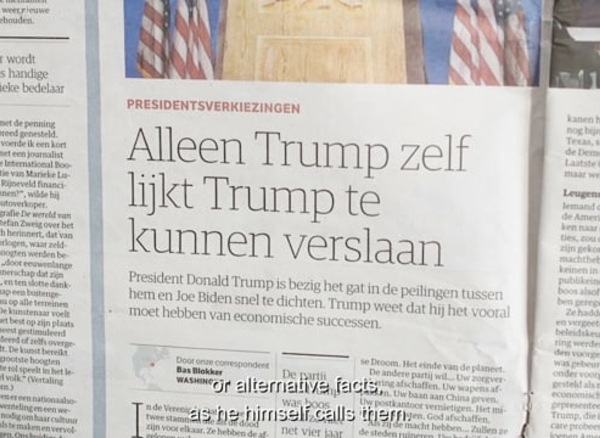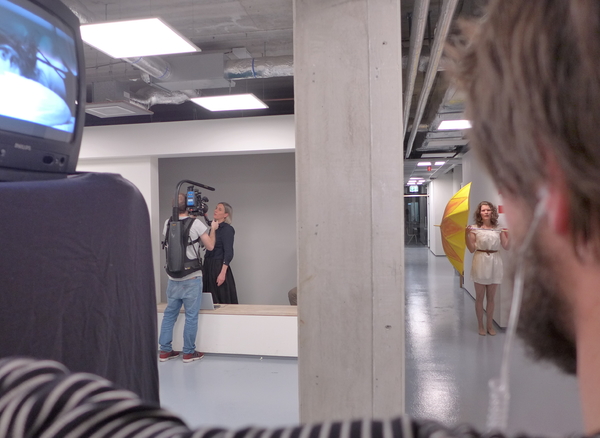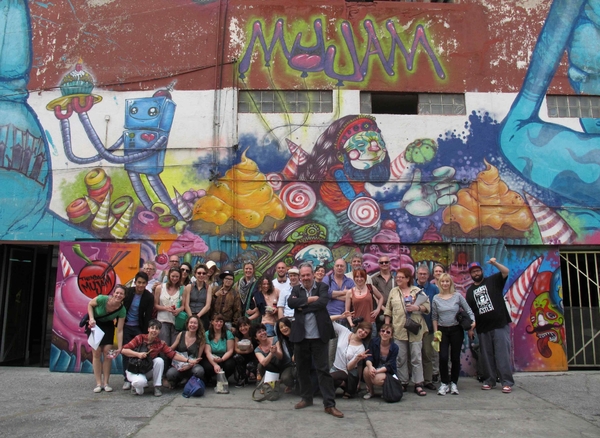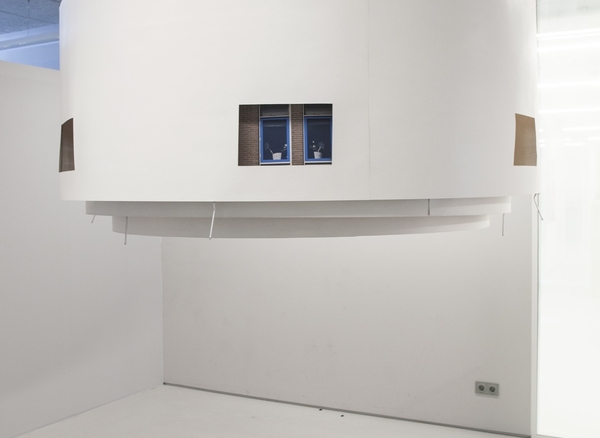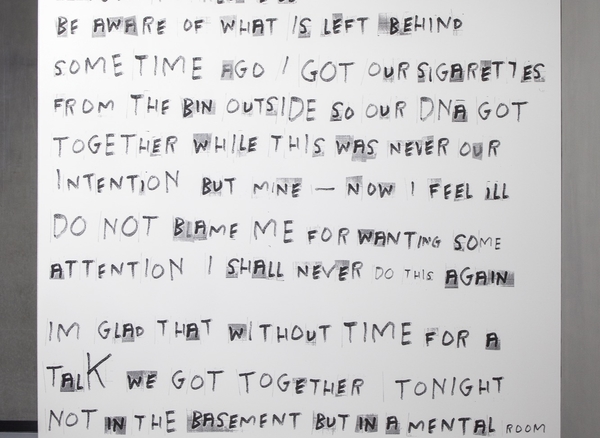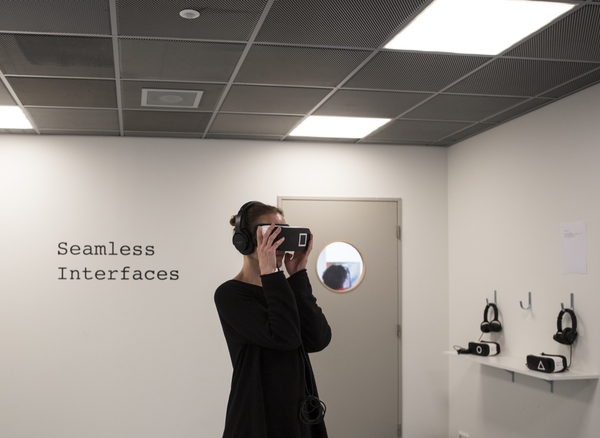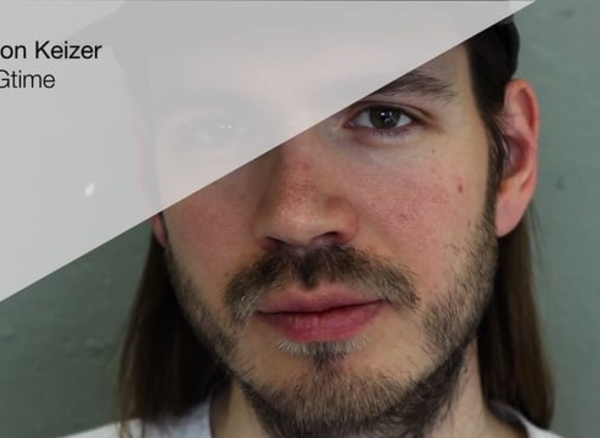UM (Unstable Media) is a dynamic and experimental advanced DOGtime course. The UM curriculum focuses on practical and theoretical research into new contexts within the artistic practice. If you choose to study Unstable Media, you choose to walk to the frontiers between current developments in the so-called ‘applied’ and ‘autonomous’ art. Theory forming on the interface between these disciplines is also an important part of the Unstable Media course. During this Bachelor programme you will experience new methods of approach that are partly developed by new ways we deal with media. These methods require a new distribution, retrieval, presentation, impact and presence. The work of UM students varies from (generative) software art, web art to interactive installations. As an UM student you are encouraged to look for new forms of performance and (activist) interventions in public space (both online and in physical public space). UM students are curious and like to experiment.
The UM curriculum is largely determined by the dynamic fusion between media theory and the production of practical (interactive) work. Since UM is a small department (total of 20 students), students of different advanced years have lectures together and work on collaborative projects. At the Rietveld Academie a workspace is available for Unstable Media students to work on their own projects during the day. As an UM student it is important that you examine and get a grip on the way your work positions itself within the ‘public realm’. In your research you are taught how to analyze that position, reflect on it and then verbalize it. UM is committed to initiating projects that create new open spaces for art and action. UM deals with a wide range of topics. Central themes within the curriculum are: software studies, video prototyping, designing trust, procedural rhetoric, the history of tactical media, (in)visibility strategies, and design affect.
In the final year of the program (DOGtime 5UM) you write a thesis in which your (theoretical) insights come together. In addition to writing the thesis, this final year is all about graduating. Late January or early February the so-called Green Light assessments take place. During this assessment, your lecturers and an independent external representative will assess you. They assess your progress with regards to your exhibited works and supporting preparations, including your thesis for your final show and your attitude as an artist. If you get a ‘red light’ you are not eligible for graduation. Fortunately most students get a ‘green light’, which means they can start focussing on their graduation.
Just before the opening of the exhibition the official examination takes place. Rietveld hosts its yearly graduation exhibition early July and shows the work of all graduating students from all departments. During the exhibition a lot of press and public visits the Rietveld Academie to view the work of the graduated students.
An international excursion is organised for graduates of DOGtime Expanded Painting and Unstable Media each year. This excursion is considered an important part of the DOGtime curriculum, contributing to gaining new insights and experiences, which help to position students as artists. The participants largely fund the excursion themselves. In recent years the destinations were: New York (2008), Beijing (2009), Rio de Janeiro & Brasilia (2010), Dubai & Singapore (2011), New York & Philadelphia (2012), Mexico City (2013), Kaapstad (2014), Tokio & Kyoto 2015, New York 2016, Porto & Lissabon 2017 en Bogotá 2018. The record of the excursion is also included in the annual DOGtime graduation catalogue that is presented during the graduation exhibition.
